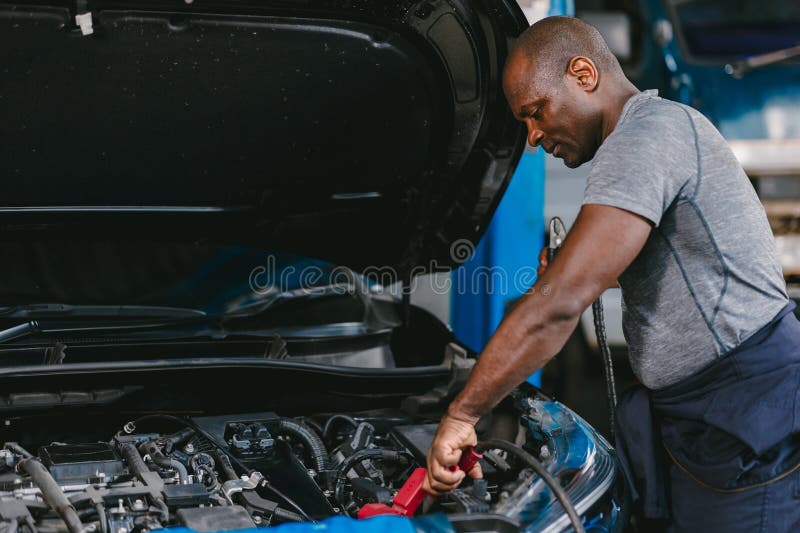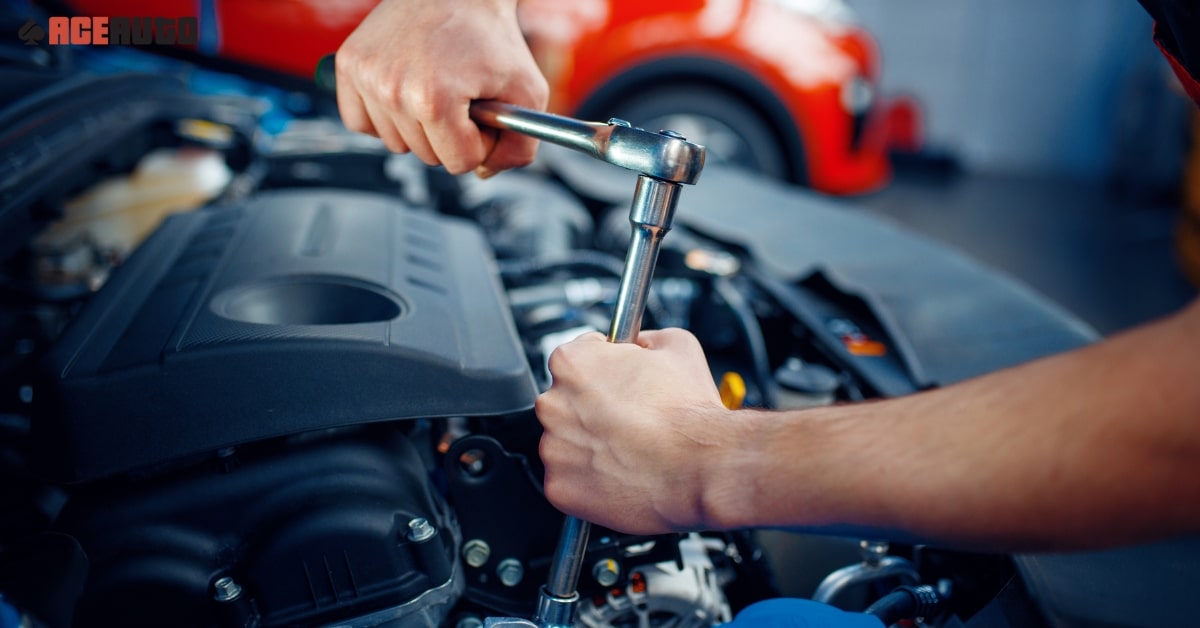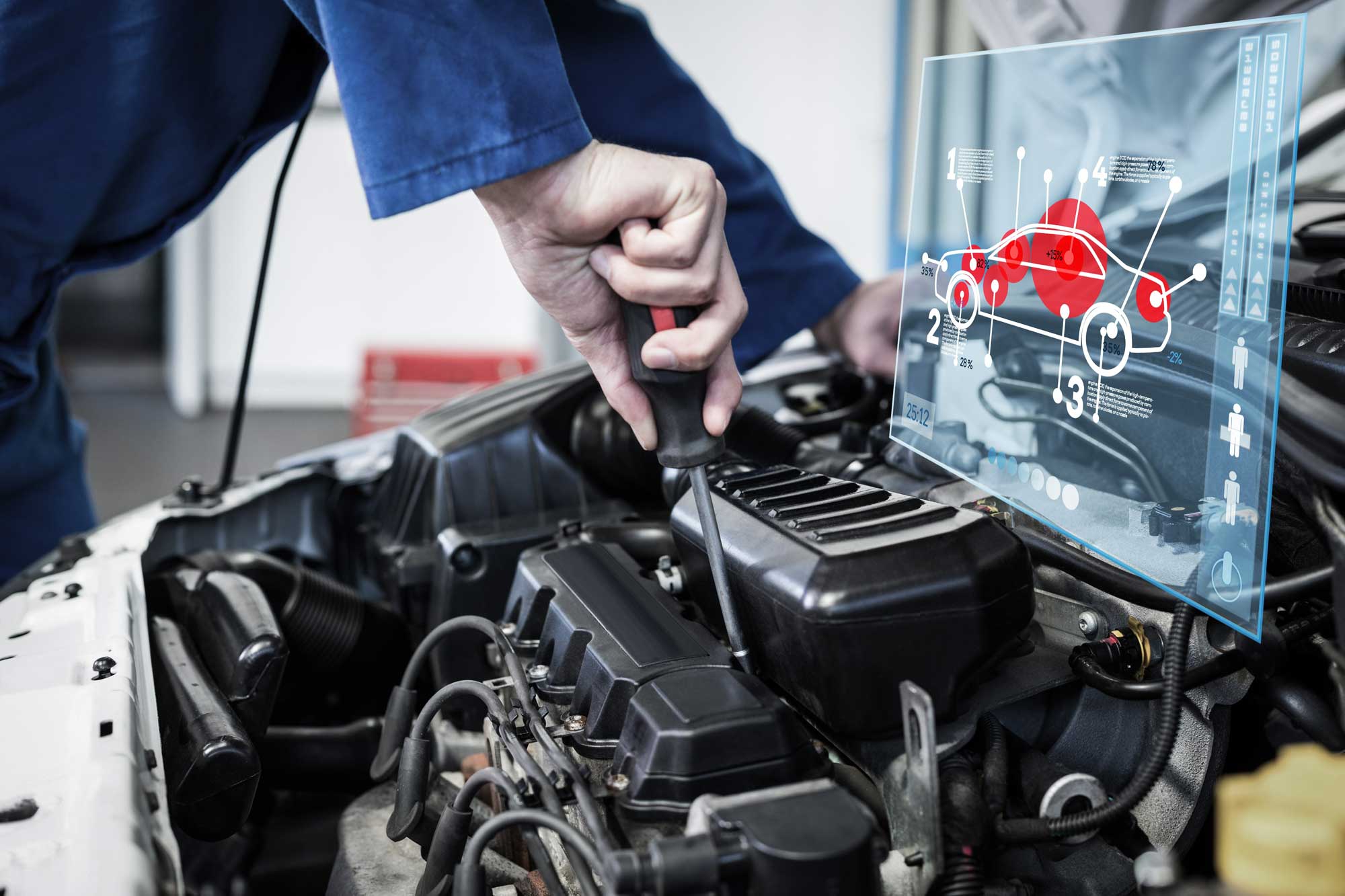All Categories
Featured

When it concerns lorry repair work, among the most substantial choices you'll encounter is whether to choose Original Devices Supplier (OEM) components or aftermarket components. Both choices offer one-of-a-kind advantages, however they additionally feature some compromises. Understanding the distinctions in between these 2 kinds of components can assist you make a more informed choice, ensuring your vehicle remains in top shape while fitting within your budget. Below, we check out the advantages and considerations of both OEM and aftermarket components to assist you pick the right option for your next lorry repair.

What Are OEM Parts? When it was very first developed, OEM parts are made by the very same business that manufactured the components in your automobile. They are designed specifically for your make and version, ensuring ideal compatibility and top quality efficiency. Since OEM parts are the same ones made use of in the original setting up of your vehicle, they have a tendency to fulfill the exact same high standards established by the supplier.
Among the main benefits of selecting OEM parts is the guarantee of high quality and dependability. These parts are commonly backed by a service warranty, providing protection versus flaws or very early failure. Using OEM components for repair services can help guarantee that your guarantee remains legitimate if your vehicle is still under guarantee. In addition, because OEM parts are created to fit precisely, there's less danger of installation concerns or future problems.

What Are Aftermarket Parts? Aftermarket parts, on the other hand, are generated by third-party producers who may not be straight affiliated with the automobile's initial supplier. These parts are made to fit a range of automobiles and are frequently cheaper than OEM parts. While lots of aftermarket components are of top quality, they can differ dramatically in between producers.
One of the most considerable benefit of aftermarket components is their cost-effectiveness. Because these parts are mass-produced and don't have the very same expenses expenses as OEM components, they are generally valued lower. Furthermore, aftermarket components can provide enhanced performance or aesthetic enhancements over OEM parts. Aftermarket exhaust systems or suspension elements may offer far better performance or a much more aggressive appearance contrasted to factory-installed components.
Benefits of OEM Parts. Guaranteed Fit and Quality: OEM parts are created to fulfill the specific specifications of your vehicle, making sure an ideal fit and preserving the efficiency standards that the supplier intended. Guarantee: Several OEM parts feature a service warranty, offering comfort in instance the part is malfunctioning or stops working prematurely. Resale Worth: If you intend on selling your cars and truck, making use of OEM parts can help keep its resale value considering that possible customers commonly try to find automobiles that have actually been fixed with original parts. Vehicle Integrity: Utilizing OEM components assists guarantee that your lorry remains to carry out as meant by the manufacturer, maintaining it in optimum condition. Advantages of Aftermarket Components. Reduced Price: Aftermarket components are typically extra economical, which can be a significant factor to consider if you get on a spending plan or looking to save cash on fixings. Selection and Customization: Aftermarket components supply a variety of alternatives, especially for performance upgrades or aesthetic modifications, enabling you to individualize your automobile or enhance its performance. Wide Accessibility: Aftermarket components are usually much easier to locate than OEM components, specifically for older cars or hard-to-find parts. Efficiency Enhancements: Sometimes, aftermarket components are developed to supply premium efficiency, such as better brakes or higher-flow air filters that increase horsepower. Negative Aspects of OEM Parts. Greater Cost: OEM components have a tendency to be much more pricey than aftermarket alternatives, which may be a drawback for car proprietors on a limited budget. Limited Options for Personalization: OEM components are made to replace the original components without any improvements, so they may not supply performance upgrades or aesthetic changes. Accessibility: Depending upon the make and version of your lorry, OEM components can sometimes be difficult to find, especially if your car is older or has actually been discontinued. Drawbacks of Aftermarket Parts. Irregular High quality: The top quality of aftermarket parts can differ considerably between suppliers. While some are made with premium materials, others might be less durable or poorly constructed, which can result in faster wear and tear. Prospective Fitment Issues: Aftermarket components may not always fit your car as specifically as OEM parts, bring about possible compatibility concerns or additional work throughout installation. Service Warranty Problems: Making use of aftermarket components may nullify your producer's service warranty or lead to complications if a failing takes place that relates to the aftermarket part. How to Determine In Between OEM and Aftermarket Parts. Selecting between OEM and aftermarket components depends on several elements, including your budget plan, the age and condition of your automobile, and your particular repair service needs.
Spending plan: If expense is your key concern, aftermarket parts are usually the much more inexpensive choice. However, it is essential to evaluate the long-lasting value of your choice. If you go with a less costly aftermarket component that doesn't execute well or requires constant substitutes, you might end up spending a lot more in the lengthy run. Vehicle Age and Condition: For newer lorries still under warranty or those in excellent condition, OEM components are usually suggested to keep the cars and truck's stability and ensure it proceeds to run as planned. For older vehicles, aftermarket components might supply a more affordable remedy without compromising efficiency. Repair Kind: Some fixings, especially safety-related components like air bags or brake systems, are best managed with OEM parts to ensure ideal safety and reliability. For non-essential repair work or performance upgrades, aftermarket parts may supply an excellent balance in between cost and efficiency. Conclusion. The choice between OEM and aftermarket components depends on your certain requirements, preferences, and spending plan. While OEM components use assured quality and reliability, aftermarket components offer price savings and the chance for performance improvements or customization.
Latest Posts
Reasons Consistent Vehicle Maintenance at Montclare Auto Repair Saves You Money
Published May 28, 25
1 min read
Explore Montclare Auto Repair’s Most Popular Car Care Solutions and Why Drivers Choose Them
Published May 24, 25
1 min read
Uncover the Greatest Auto Repair Coupons in Montclare, Chicago
Published May 23, 25
1 min read
More
Latest Posts
Reasons Consistent Vehicle Maintenance at Montclare Auto Repair Saves You Money
Published May 28, 25
1 min read
Explore Montclare Auto Repair’s Most Popular Car Care Solutions and Why Drivers Choose Them
Published May 24, 25
1 min read
Uncover the Greatest Auto Repair Coupons in Montclare, Chicago
Published May 23, 25
1 min read